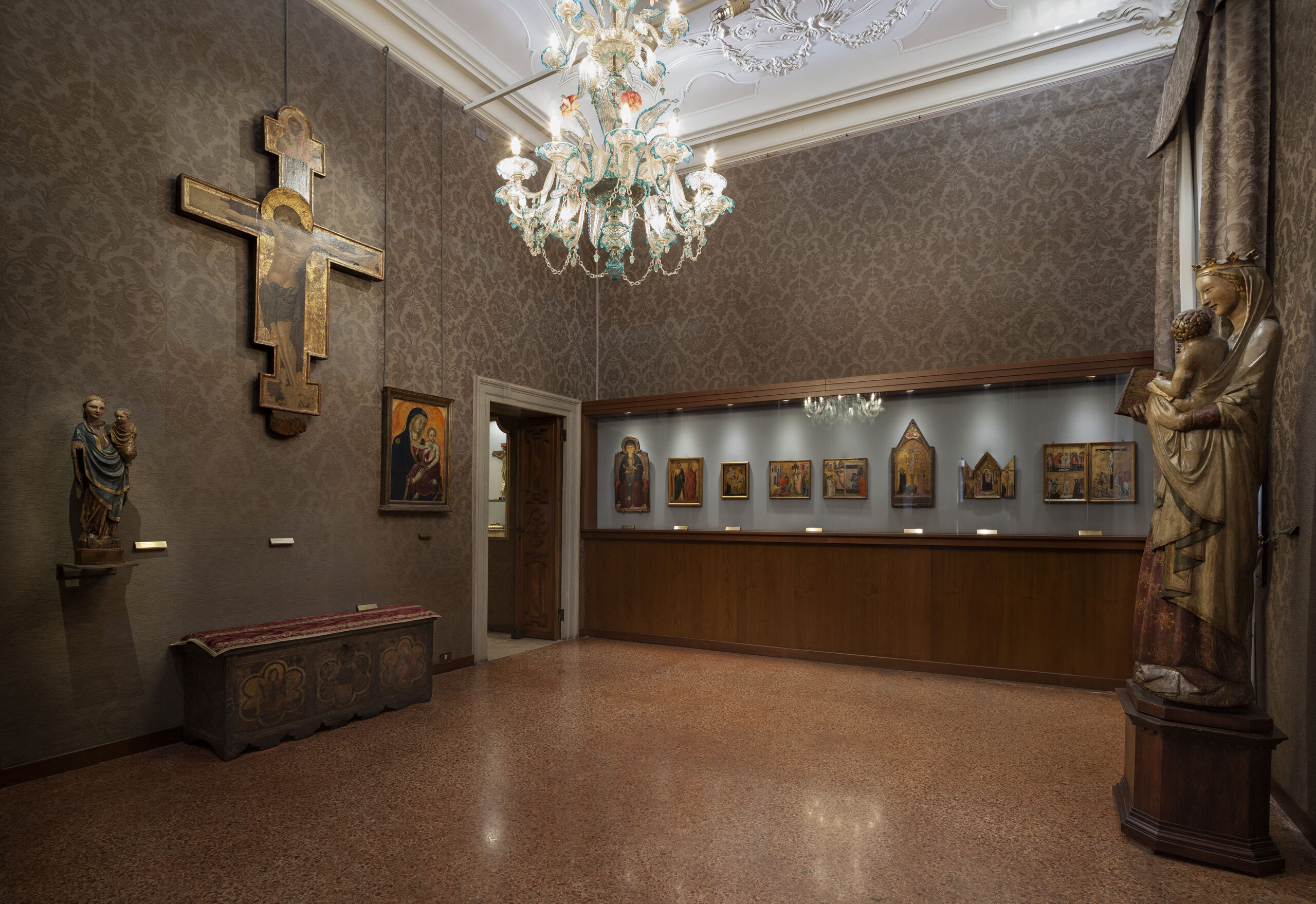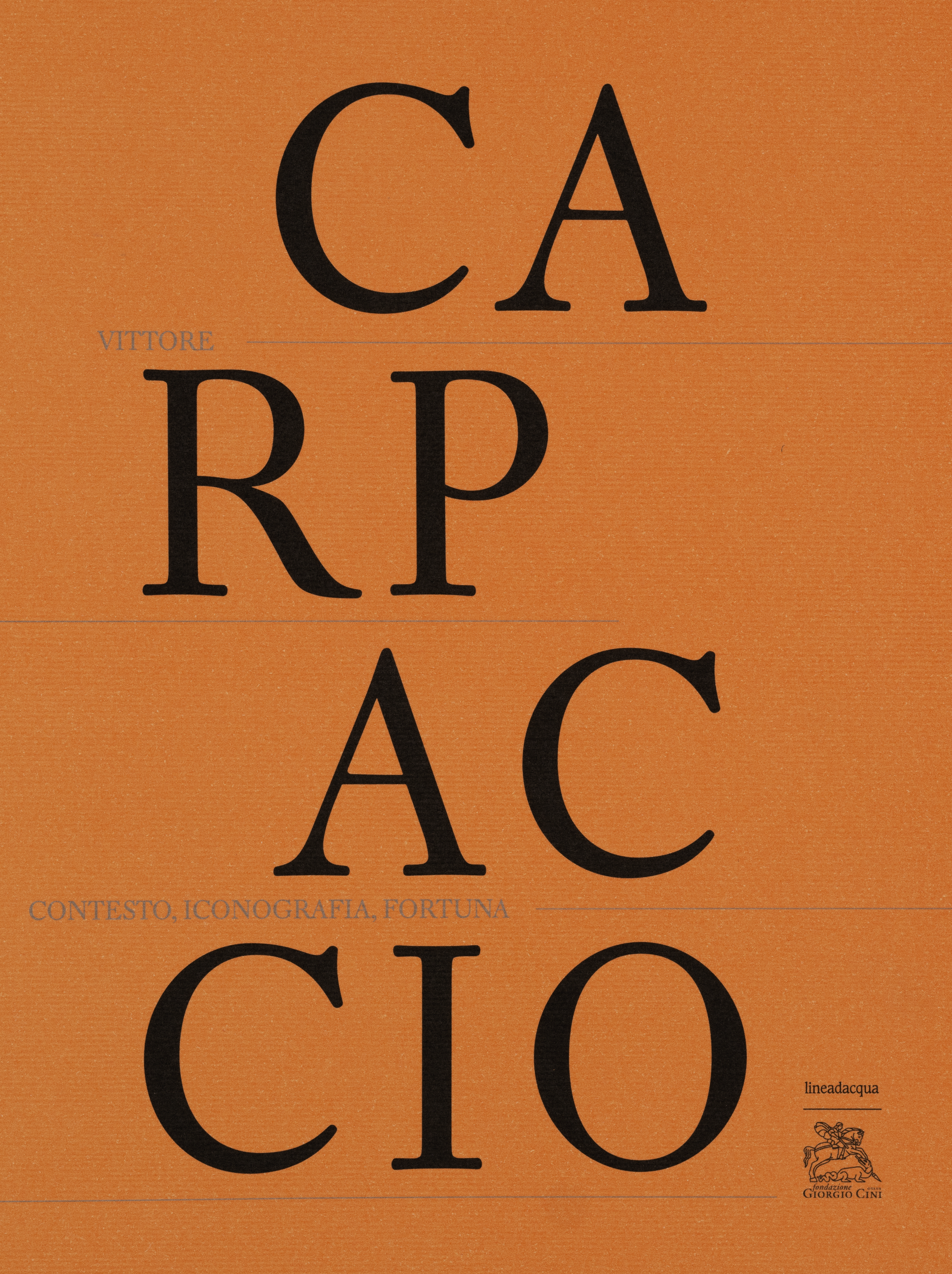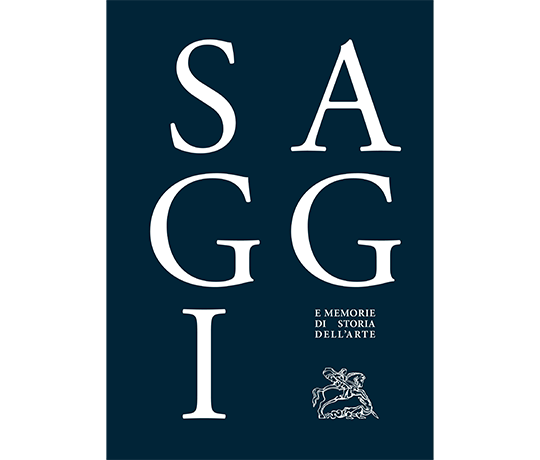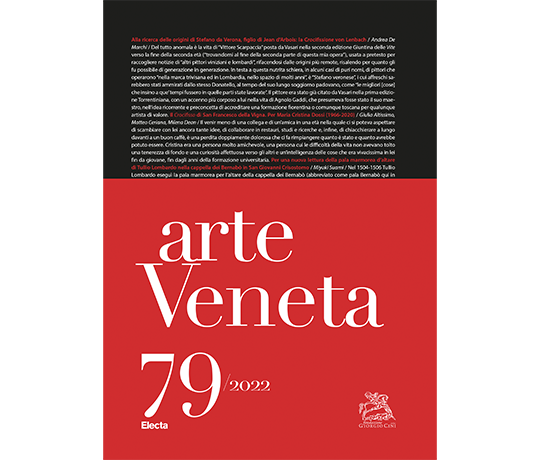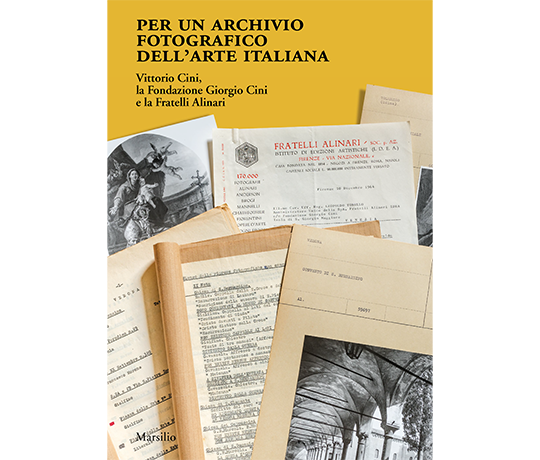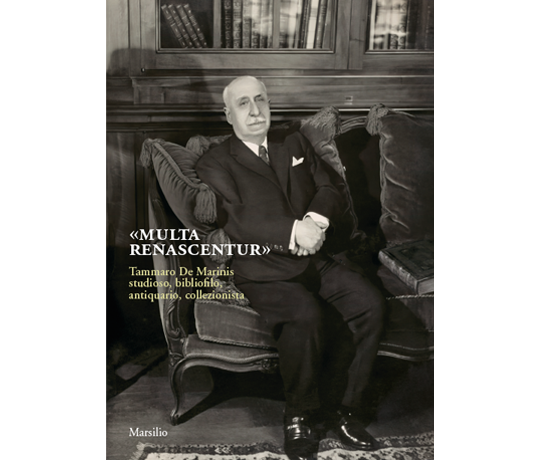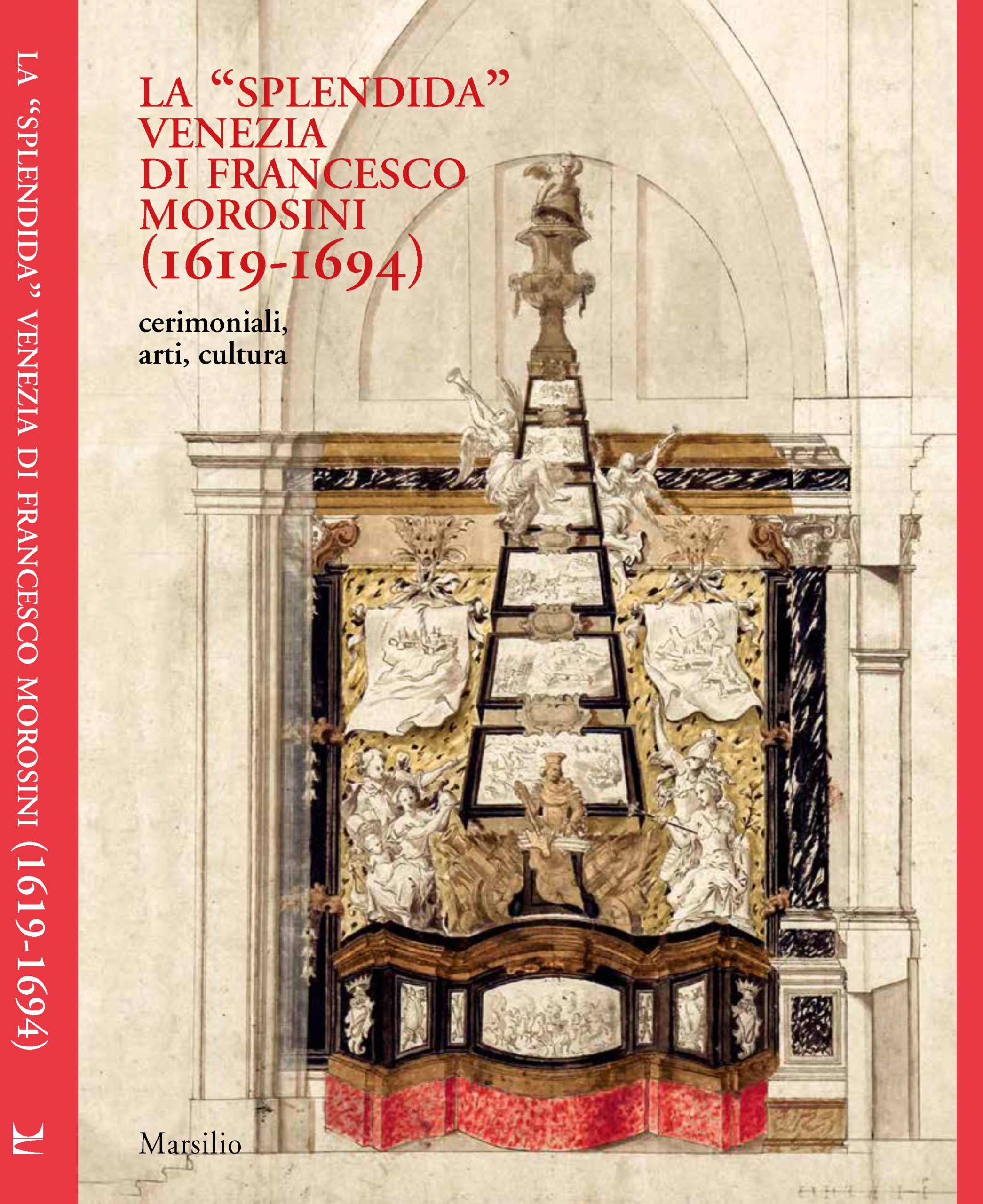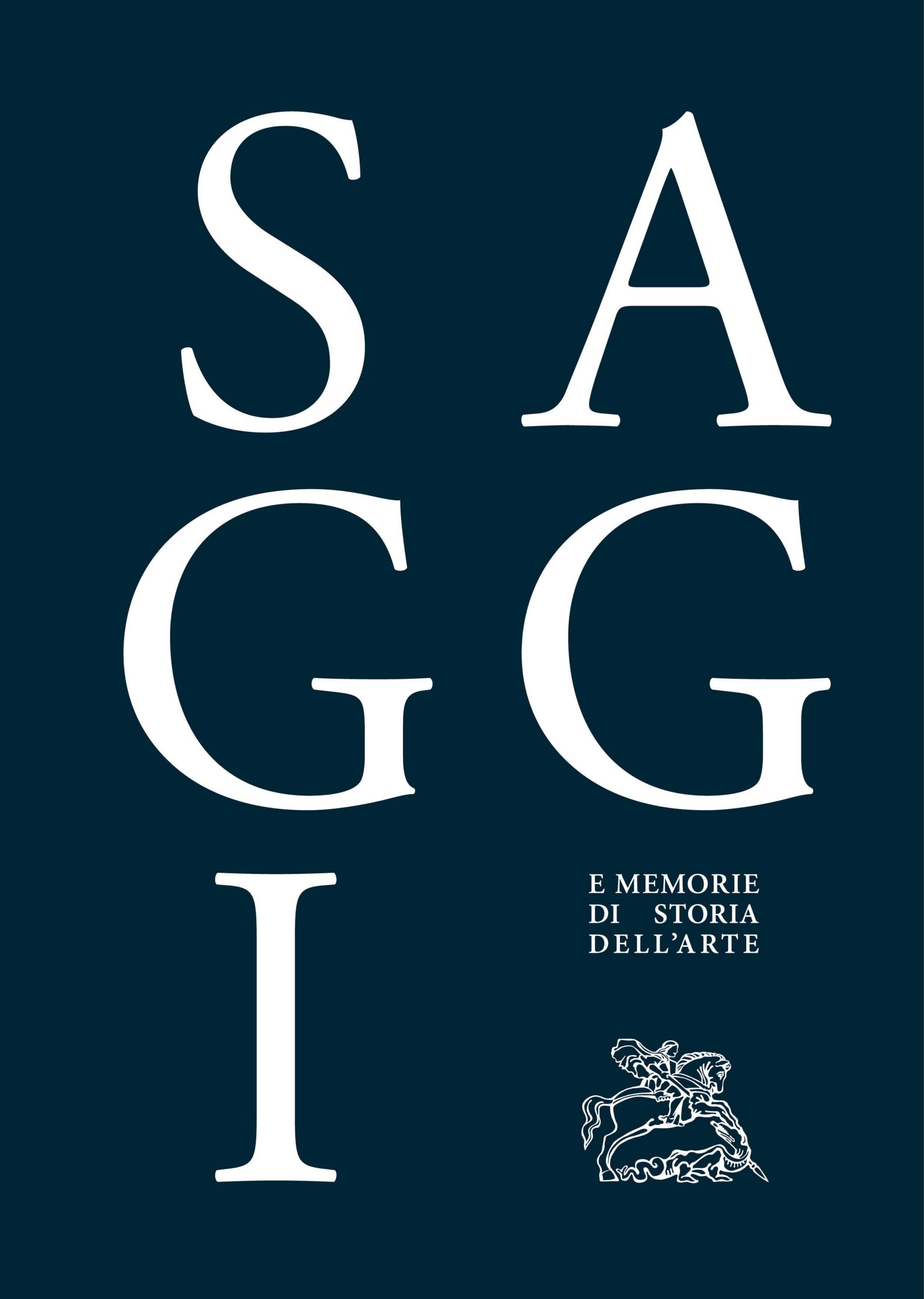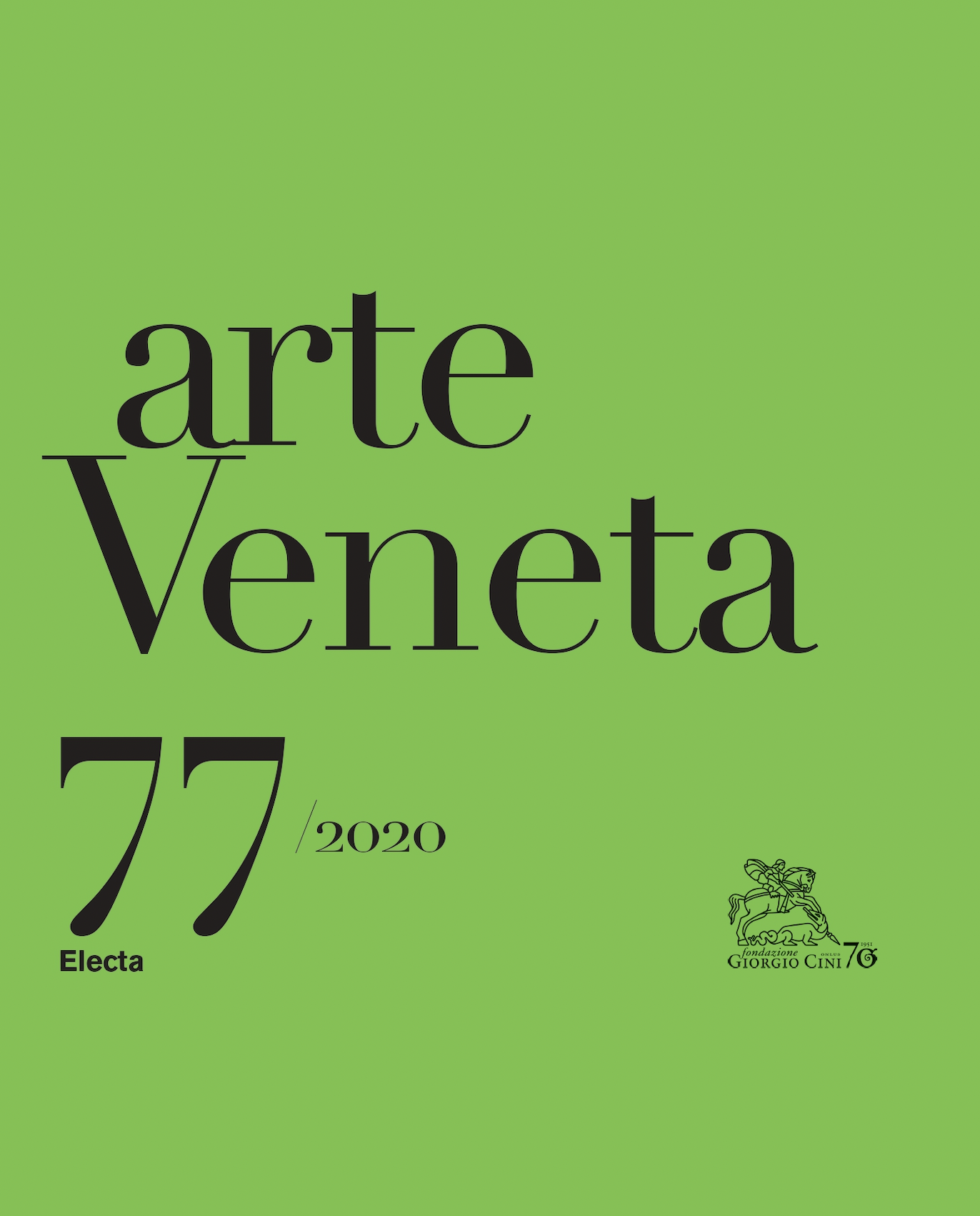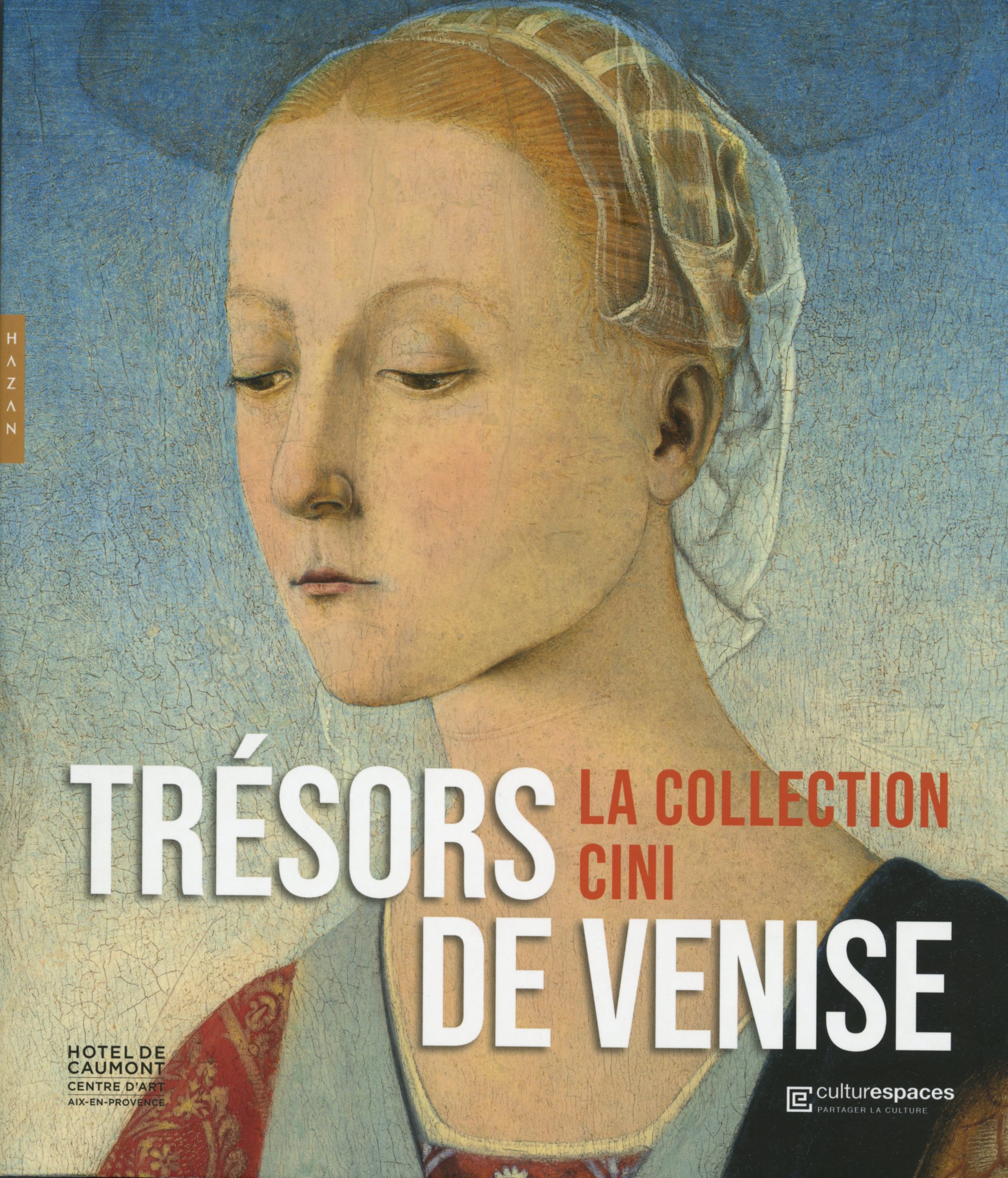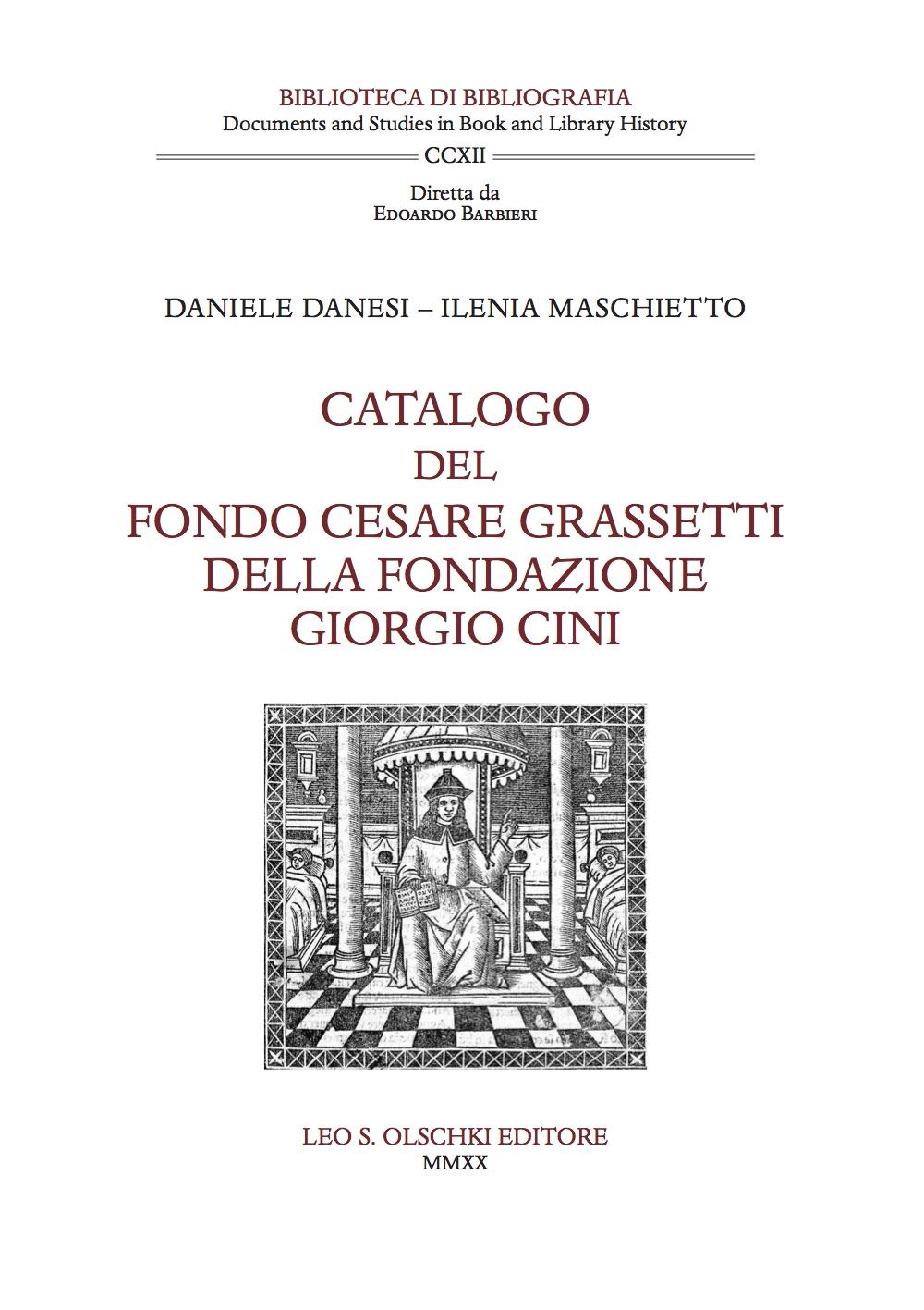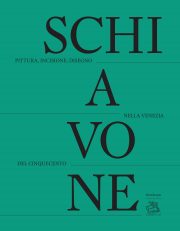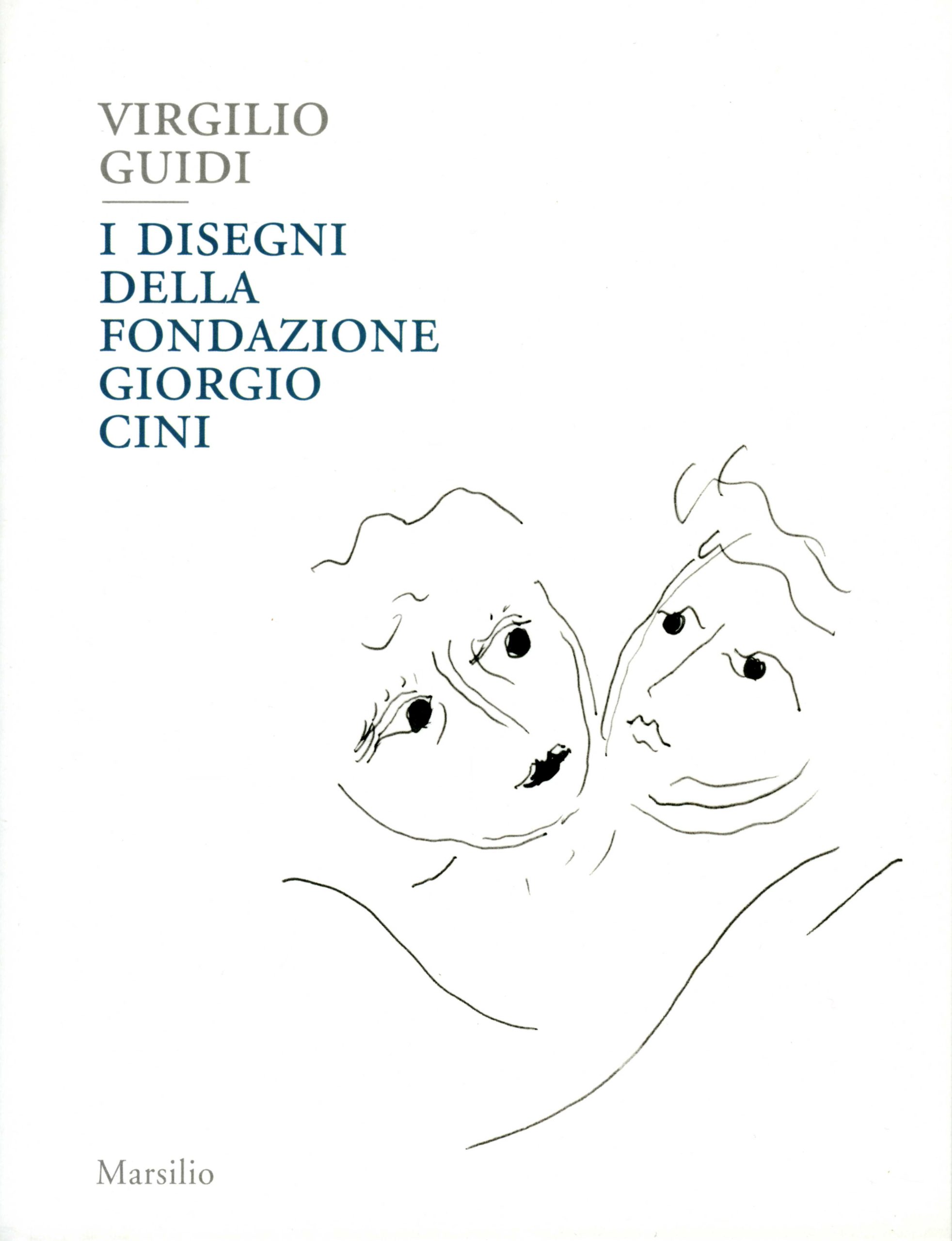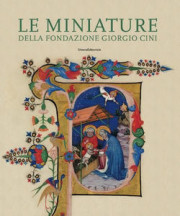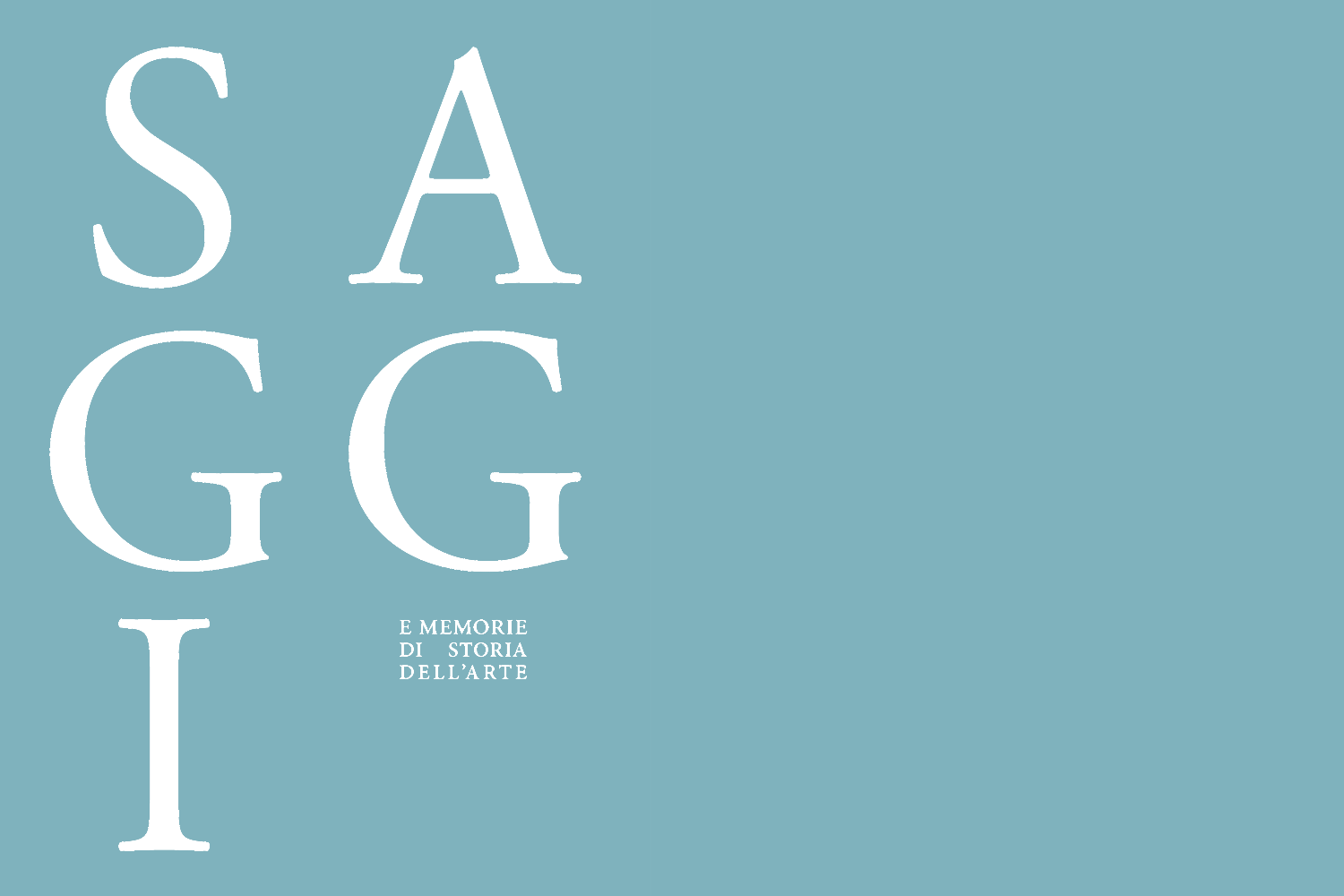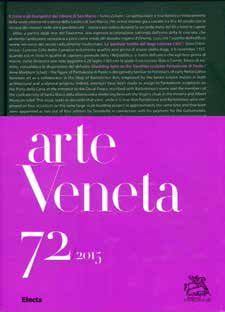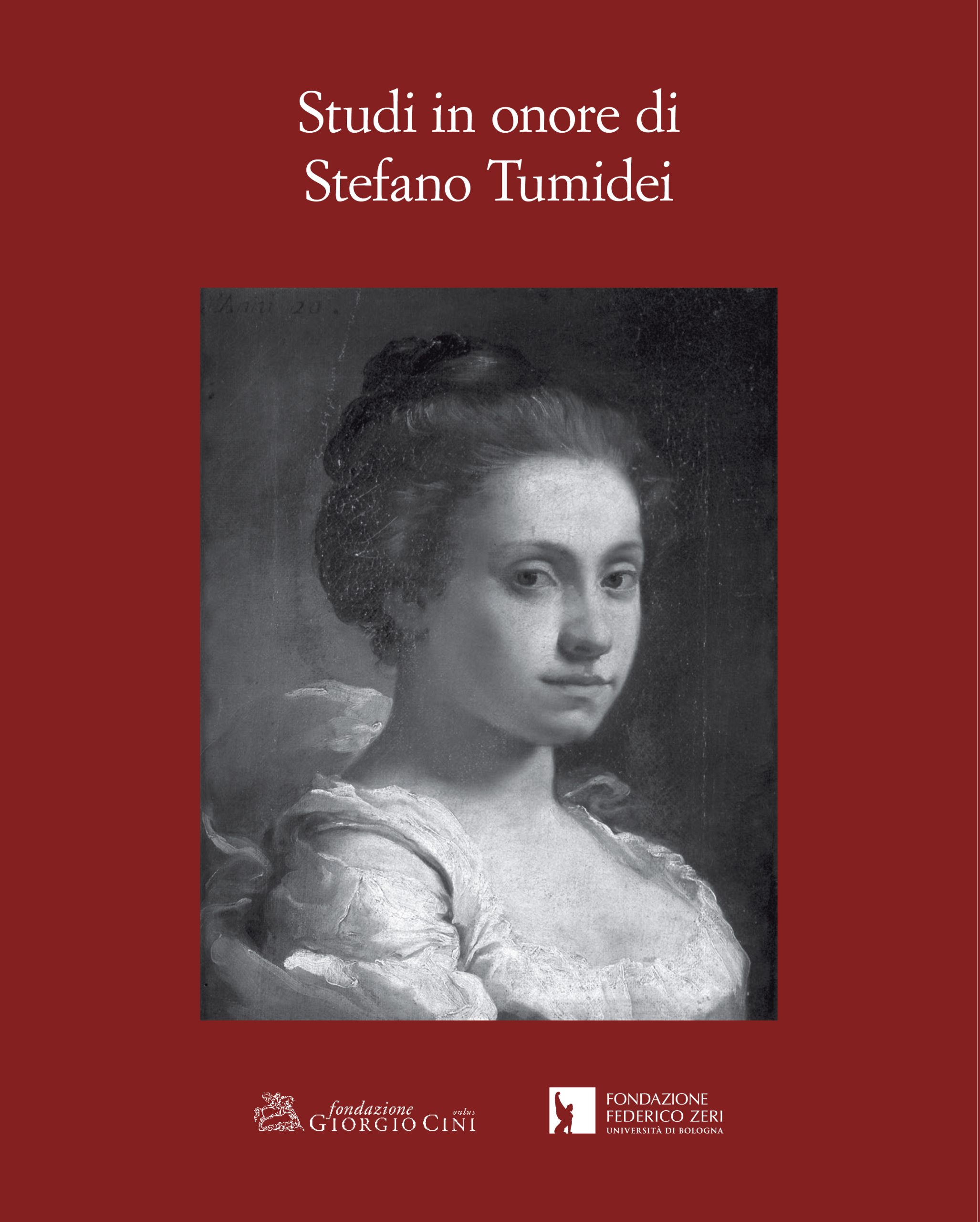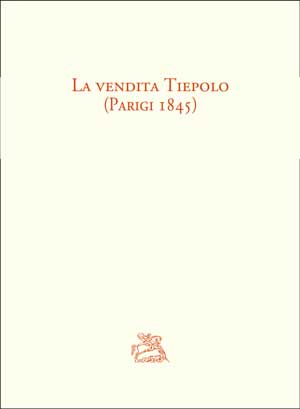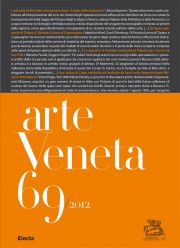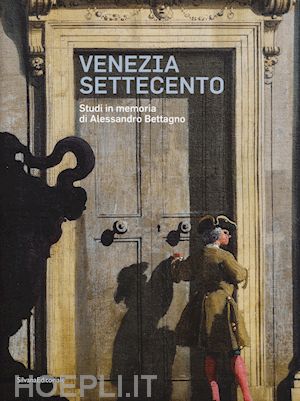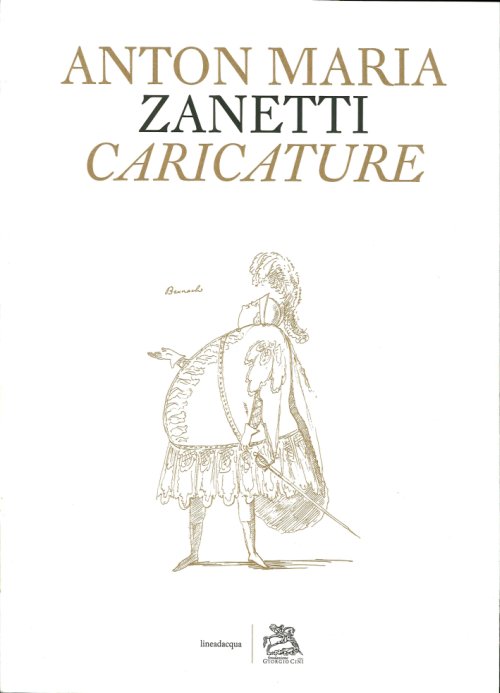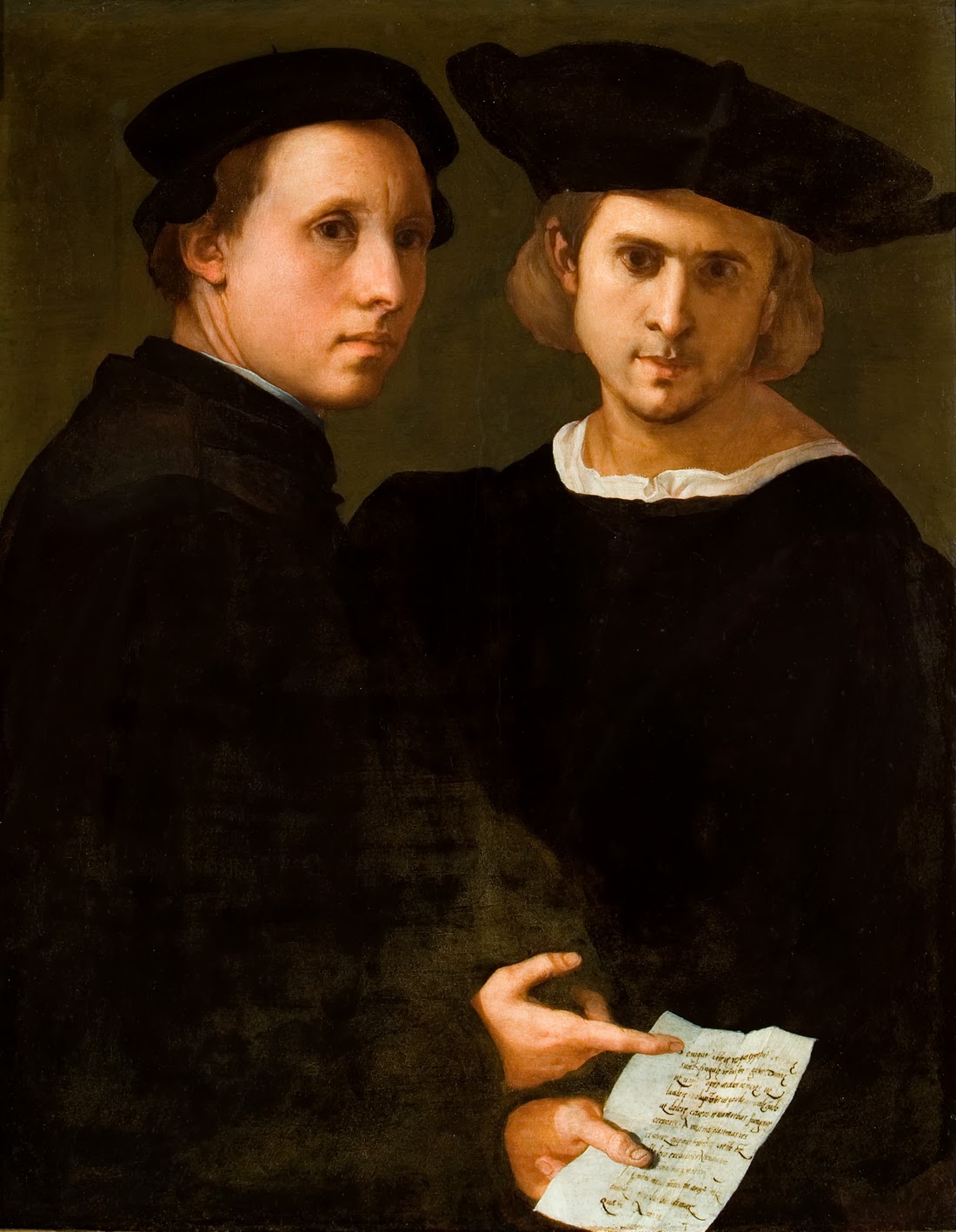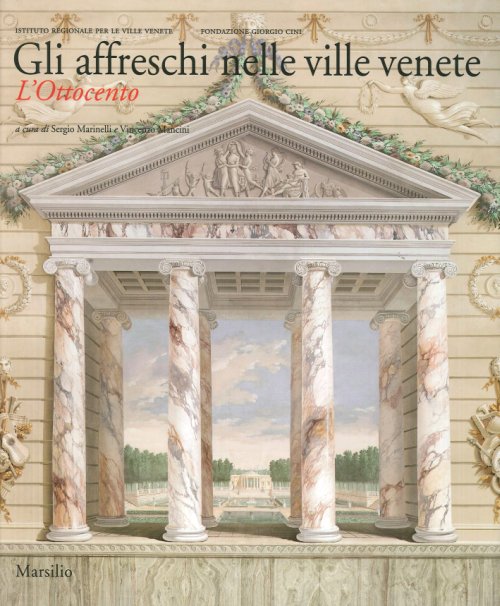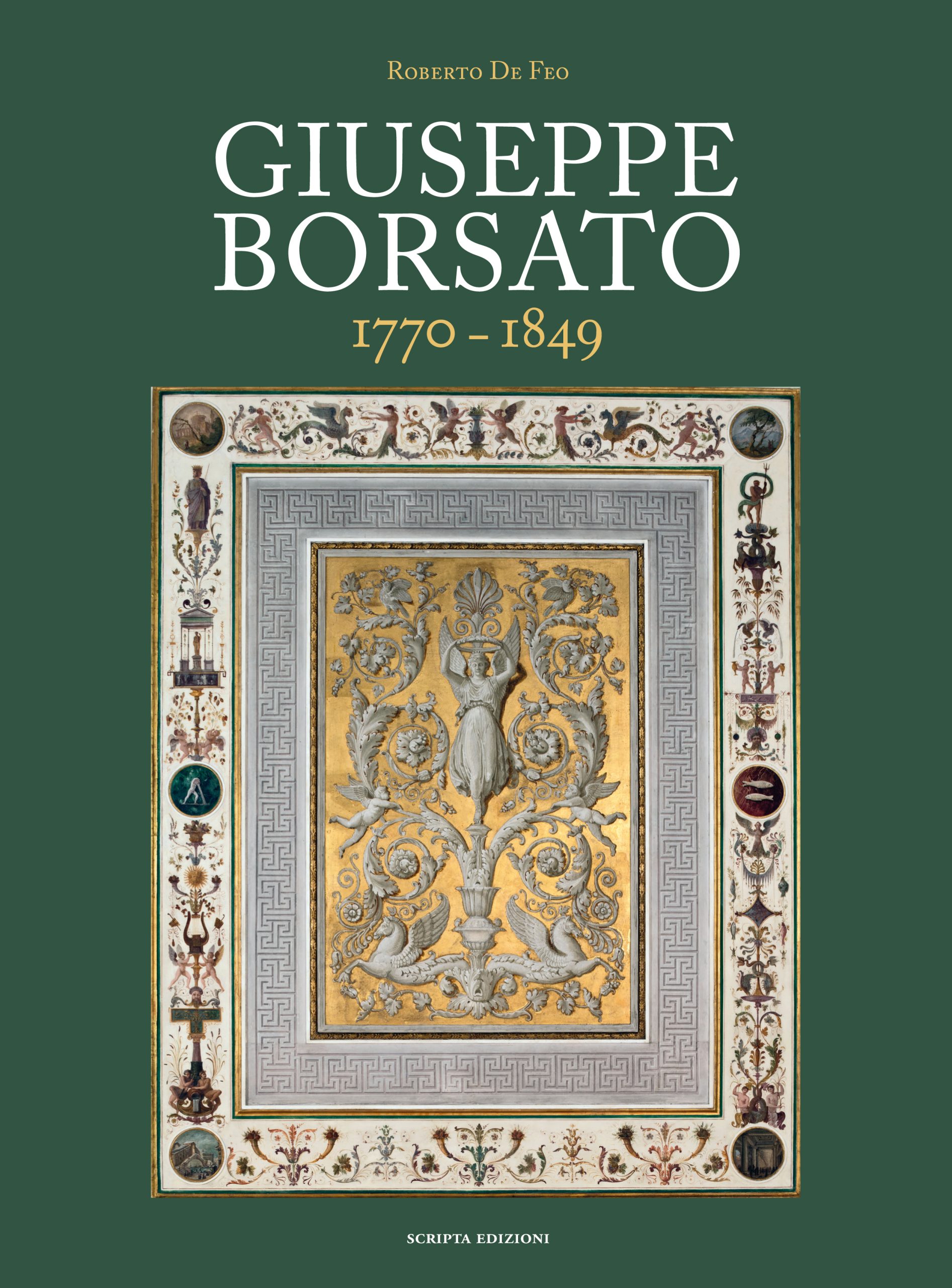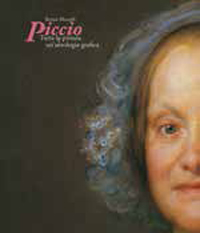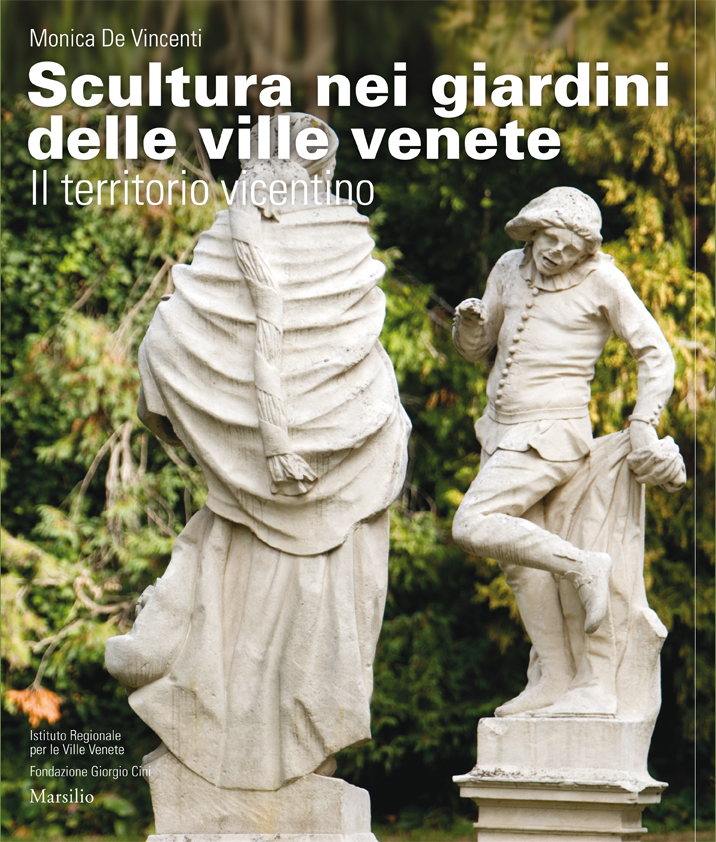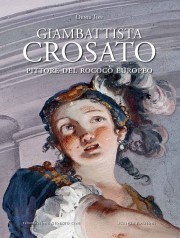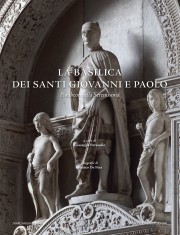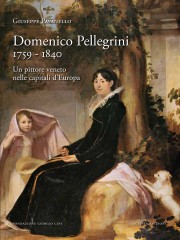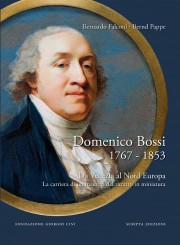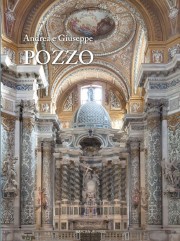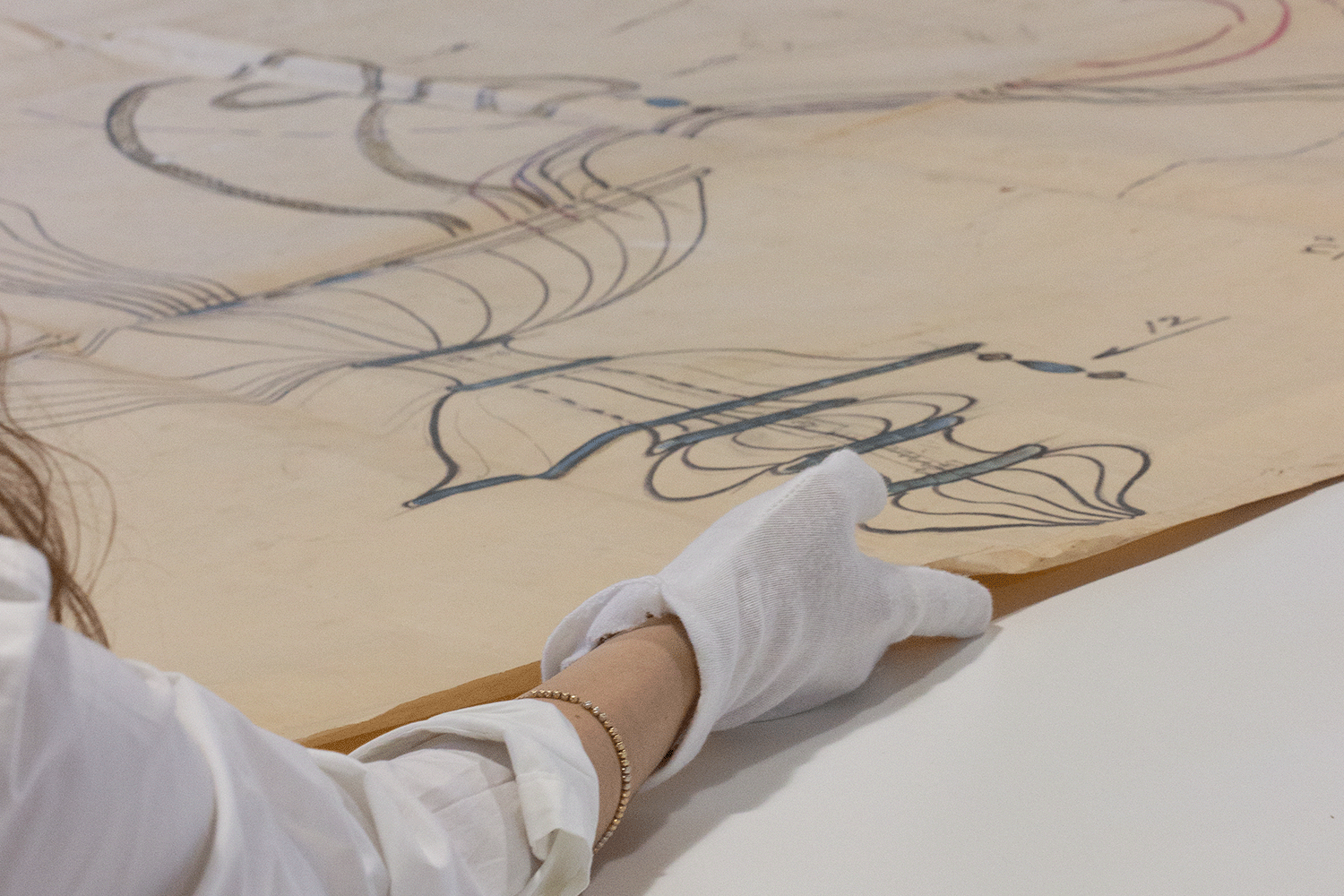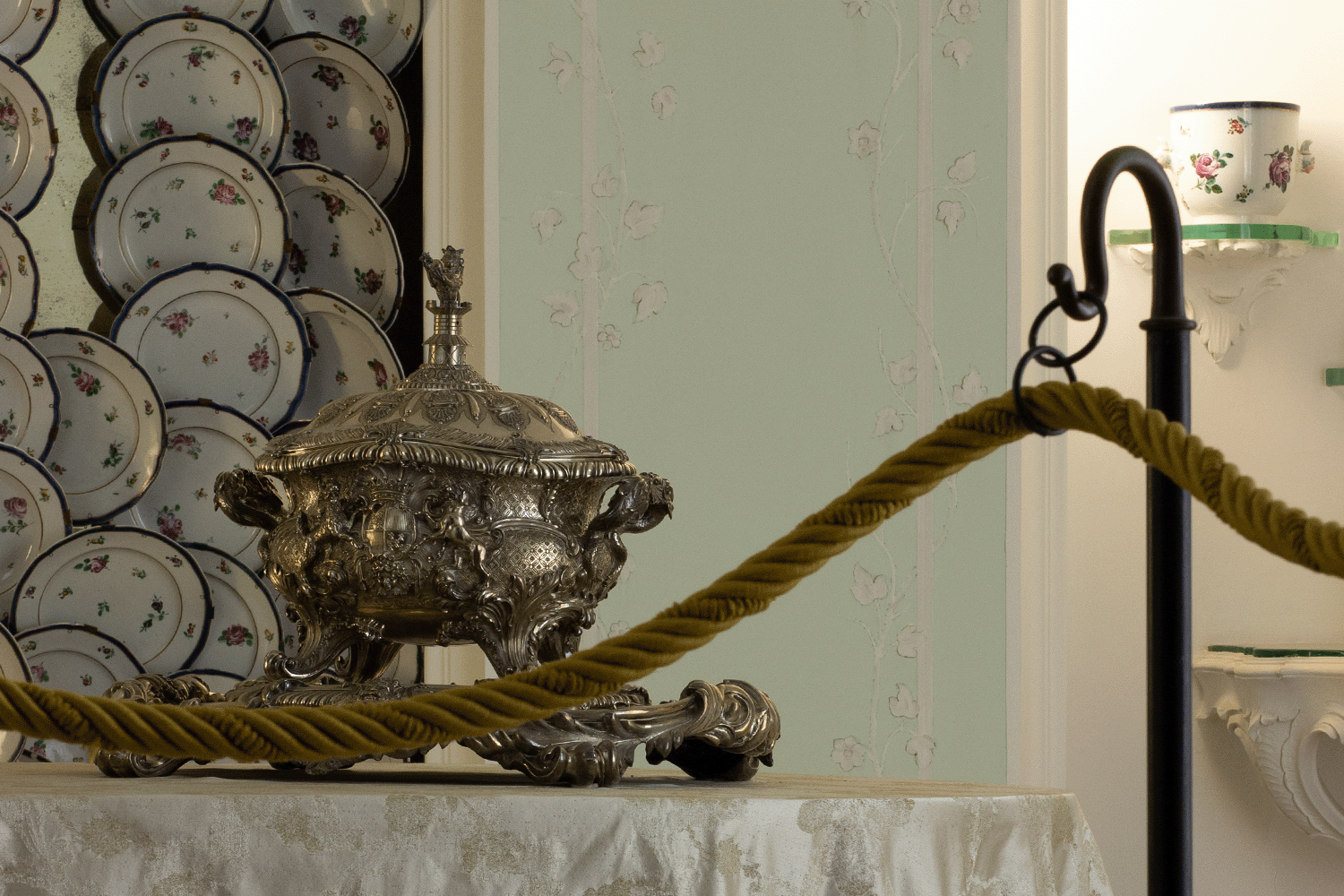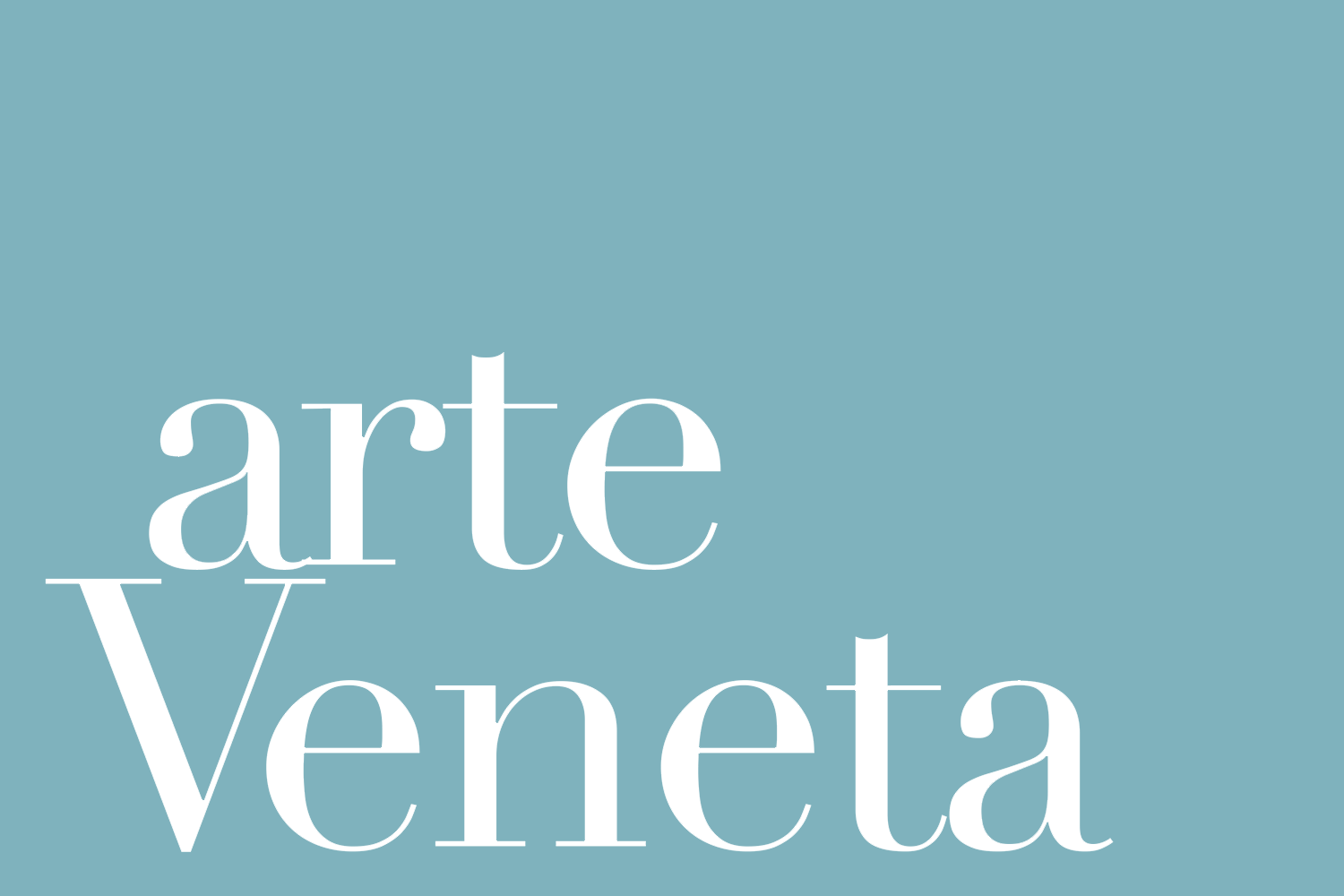Institute of Art History
The Institute of Art History promotes meetings and study conferences, whilst preserving a remarkable collection of artworks, particularly drawings, paintings, illustrated manuscripts, and rare books. Additionally, it houses the archives and collections of esteemed art historians specialising in the art of the Veneto region. The Institute is also actively involved in publishing catalogues, book series, and journals, and it organises significant exhibitions of ancient, modern, and contemporary art.
The Institute of Art History was founded in 1954 through the initiative of Giuseppe Fiocco, following an agreement between the University of Padua and the Fondazione Giorgio Cini. It was established in the tradition of German art history institutes. The Institute was officially introduced at the XVIII International Congress of the History of Art, held in Venice in 1955. From the outset, the development of the book collections began, notably with the acquisition of the Fiocco Library and the Photo Library. In the 1960s, thanks to Vittorio Cini, the Institute’s research was further enriched by a substantial collection of artworks. The Institute houses the Photo Library, which contains an impressive historical photographic archive, and the Library, one of the largest in the art world in terms of volumes. Since 2012, it has also been home to the Glass Study Centre, as well as the collections of Palazzo Cini at San Vio.
The Institute publishes two Class A scientific journals, recognised by ANVUR. These are Arte Veneta, founded in 1947 under the direction of Rodolfo Pallucchini, and Saggi e Memorie di Storia dell’Arte, which has been publishing contributions on Italian and European art with an interdisciplinary approach since 1957.
Since 2013, the Institute has been directed by Luca Massimo Barbero.
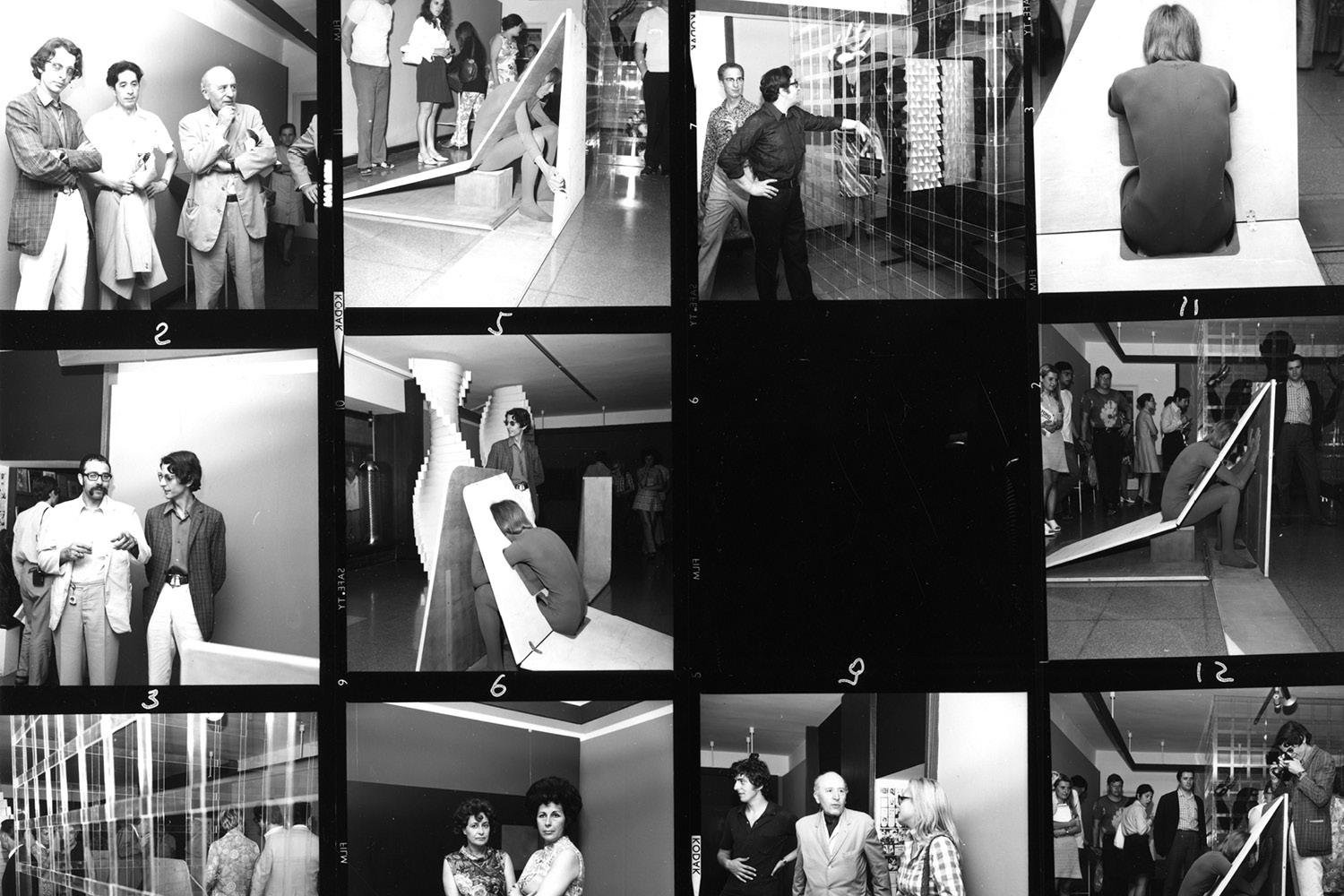
721st Cavallino Exhibition Anticipazioni memorative. Anselmi-Costalonga-Fulgenzi-Patelli-Perusini, 1970: proof prints featuring images from the opening.
The Institute, founded in 1954, promotes and supports research in the field of art history, with a particular focus on the Veneto region. It preserves a remarkable collection of artworks, as well as documentary and photographic archives. The Institute also publishes scientific works and organises exhibitions of ancient, modern, and contemporary art.
Libraries, Photo Library and Archives
GLASS STUDY CENTRE
The Glass Study Centre, established in 2012 in partnership with Pentagram Stiftung, is now the most important general archive of Venetian glass. Over the years, it has gathered invaluable documentary collections from the major historical glassworks of Murano. With its two hundred and fifty thousand documents, including drawings, sketches, and executive projects, the Centre is unique in its field. The collection of graphic archives is further complemented by period photographs, correspondence, albums, gold books, and valuable catalogues. Additionally, there are warehouse and shipment registers, patents, and invoices precious materials for reconstructing the history of glassmaking activities.
PALAZZO CINI
The Galleria of Palazzo Cini, a refined house-museum in San Vio, Dorsoduro, was reopened in 2014 and hosts exhibitions of ancient and contemporary art. Founded in 1984, it preserves a precious nucleus of the antique art collection of one of the most important collectors of the 20th century in Italy: the entrepreneur and philanthropist Vittorio Cini (1885-1977).
